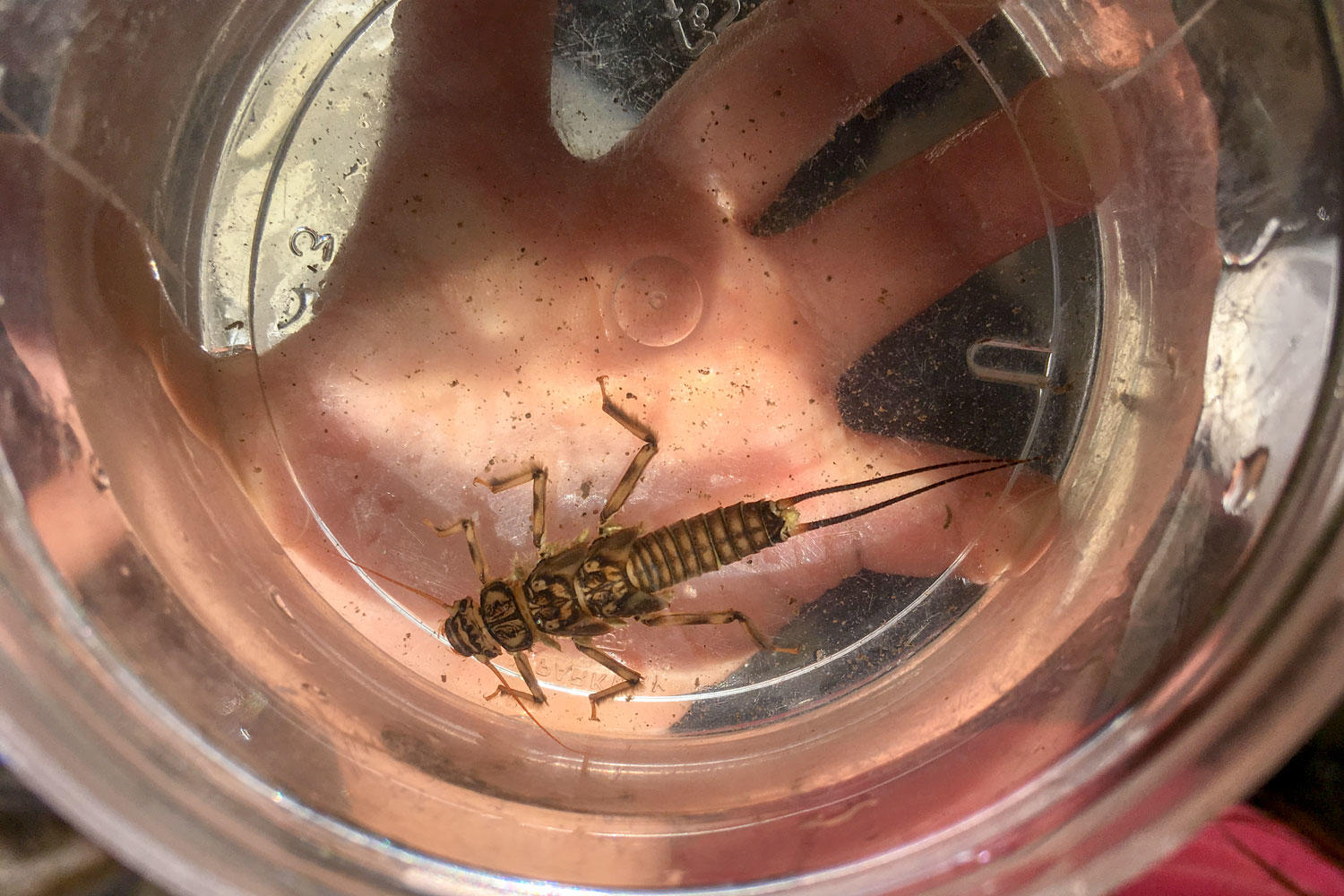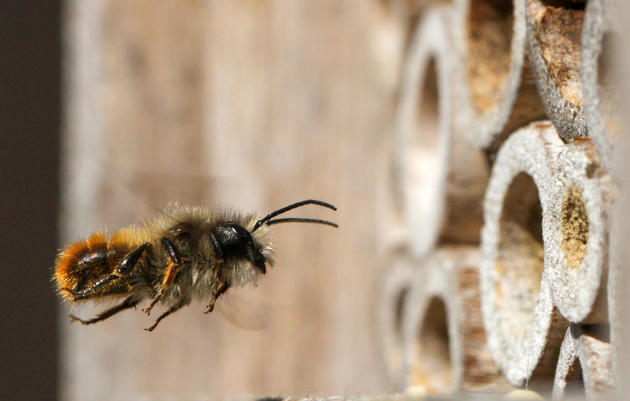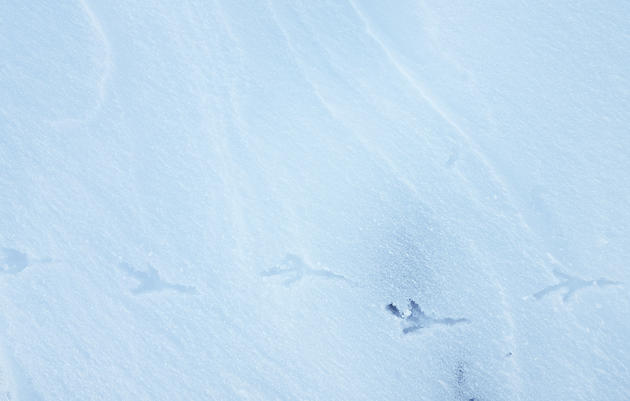Don't miss the video at the top of the page!
In the immortal words of poet E. E. Cummings, “The world is mud-luscious and puddle-wonderful.” Puddles and ponds are phenomenal places to spend time in the spring and summer.
They are literally teeming with life. Above, around, and below a pond’s surface, you can find an abundance of plants and animals to marvel at.
One of the least celebrated members of a pond are the invertebrates. The type of animals with no backbone, like insects, worms, snails, and water spiders. These unsung heroes form a very important link in the pond food chain—without them, we would not see the variety of birds that typically live around or visit ponds.
Invertebrates also feed fish, turtles, and frogs. Even raccoons and coyotes will feast on pond invertebrates such as crayfish.
Luckily, many of the cool pond critters lurking below the water surface are big enough to see without a microscope. We call these type of critters “macroinvertebrates.” All you really need to spend some time this summer getting to know some of the cool macroinvertebrates living in a pond near you is time, a bucket, and a net.
You can get nets from a variety of places that sell pet products. Look for the aquarium supply section. You can also get nets from online retailers that specialize in water sampling equipment. I suggest Acorn Naturalist.
To explore a pond or other water source, fill a bucket (even a large jar or tub works) with clean pond water. Next, take your net and skim the water several times in different areas. Empty your net into the bucket often and look to see if you have any critters running around.
When you feel like you have enough things to look at, do just that. Really look at each critter to see how they move, what their characteristics are, and think about what kind of animals they might be.
One of the coolest aspects of many macroinverebrates is that often you are seeing the juvenile or larval forms of a species. For example, dragonflies lay their eggs in the water. When they hatch, they live in the water for several months (even years) shedding their skin (exoskeleton) as they grow.
As larva, dragonflies are voracious predators. Once they emerge from the water, it takes several hours to dry up and up to a few days before they can fly. It is a miraculous transformation. Can you imagine being able to spend your youth living underwater and your adulthood flying in the air? Amazing!
So how do you know what you are looking at? You can check out some identification guides, children’s books, online keys, and apps. Another cool thing about learning more about the macroinverebrates living in a body of water is that it lets you know how clean or polluted the water is.
Some macroinvertebrates are very tolerant of poor water quality caused by run-off sediment, temperature, pollutants, chemicals, and oxygen level. Others are not. By cataloging the critters, you can learn about the water quality. You can even be part of the science community by sharing what you discover in a community science project like Earth Echo Water Challenge or iNaturalist.
One of the silver linings of regular summer event cancellations due to social distancing orders this year is that it gives you time to explore natural areas like ponds. I hope you get a chance to do so.








